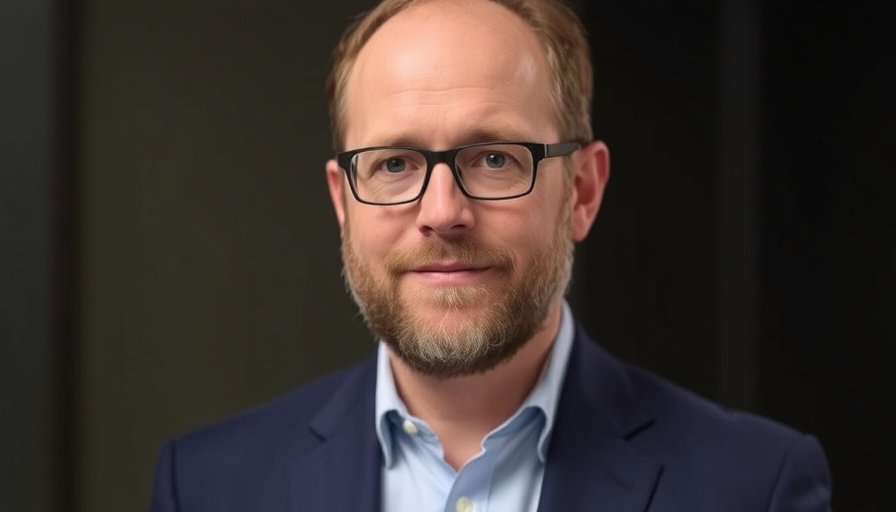
The Economic Case for Investing in Healthy Aging
The aging population presents a unique opportunity for investment in health interventions that not only improve the lives of older adults but also yield substantial economic returns. When it comes to investing in healthy aging, a compelling study reveals that every dollar spent could potentially return three times its value in economic and healthcare benefits.
Why Invest in Healthy Aging?
With adults living longer, they often face increased physical and emotional challenges, such as isolation or mobility issues. Yet, aging individuals bring immense value with their life experiences and perspectives. However, without the right frameworks in place to support them, these adults may struggle to contribute fully to society. Investing in healthy aging is not just about improving the quality of life for older adults—it's about creating a more inclusive and productive society.
Exploring the Economic Benefits
Research from the McKinsey Health Institute outlines eight key avenues for investing in healthy aging, shedding light on how targeted interventions can create social and economic benefits. These include initiatives aimed at disease prevention, social inclusion, and encouraging a healthy lifestyle. When society invests in these areas, it not only enhances the lives of seniors but also boosts local economies.
Return on Investment: A Deeper Look
The McKinsey study meticulously calculated the return on investment (ROI) associated with various aging interventions, considering both qualitative and quantitative aspects. The findings demonstrate that these investments have the potential to empower older adults and significantly reduce healthcare costs, leading to sustainable economic growth.
Building Structures to Facilitate Healthy Aging
To fully harness the benefits of healthy aging, cities, states, and nations need to reimagine their infrastructures. This can take the form of enhanced community programs, services promoting social inclusion, and public health initiatives aimed at preventing chronic diseases among older populations. The cost of such investments must be weighed against the stunning potential for healthcare savings and increased productivity.
A Future Worth Investing In
As global demographics continue to shift, the way we invest in healthy aging today will dictate the structure of our societies tomorrow. Businesses, especially small to medium enterprises, have a vital role in this transformation. By adapting their practices and investing in their older workforce, they can not only enhance their bottom line but also contribute to a more inclusive economy.
The Appeal for Small to Medium Business Owners
For business owners, embracing healthy aging initiatives could mean tapping into a prepared and capable workforce. Engaging older adults not only fosters a diverse workplace but could also improve customer relations and expand market reach. As more consumers lean towards brands that reflect their values, supporting health initiatives can enhance brand loyalty.
Ultimately, investing in healthy aging is not just a moral imperative; it’s an economic strategy that promises a brighter, healthier future for individuals and societies alike. Business owners should take the lead in advocating for these changes and exploring innovative tools, such as AI-powered platforms for marketing, to facilitate this transition.
Conclusion: Now is the time for small to medium business owners to consider how they can incorporate healthy aging into their strategies. By doing so, they not only contribute to an essential cause but also position themselves uniquely in a market that increasingly values inclusivity and innovation.
 Add Row
Add Row  Add
Add 




Write A Comment